
Hot water systems are easy to overlook—until something goes wrong. Most households rely on them every day, yet maintenance tends to be reactive rather than routine. It’s not unusual for issues like pressure drops, inconsistent temperatures, or unusual noises to go unnoticed for weeks. That kind of wear creeps in slowly, often without an obvious warning.
In older homes, especially, poorly maintained units tend to show their age during periods of high demand. One example that’s come up often is the relief valve—many systems fail simply because it’s never been tested or flushed. After repeated issues with an ageing tank system, some homeowners have shifted to Thermann hot water systems, citing fewer moving parts and lower maintenance frequency as key reasons.
That shift isn’t about upgrades—it’s about avoiding disruption. What tends to make the difference long-term isn’t the brand, but how consistently the system is checked, cleared, and kept within working limits.
Regular maintenance habits that make a difference
Hot water systems don’t ask for much — until they break. Then it’s a scramble. But with a bit of preventive care, that scenario becomes less likely.
Start with small, manageable habits:
Test the pressure relief valve at least twice a year
Wipe down and visually check for drips around pipe joins
Clear built-up leaves and debris from any outdoor units
Flush the tank if it’s a storage model — sediment adds up
Double-check thermostat settings — 60°C hits that safety/efficiency sweet spot
These checks take minutes, but they fend off more complex failures. No gadgets required. Just your eyes and a decent routine. It’s not glamorous work, but it saves you from major headaches.
Knowing your system’s performance across energy types
Ever wondered why two homes with similar hot water use have totally different performance? Often, it comes down to the type of system they’re running. Some rely on gas burners, others on resistive electric coils. Then there’s heat pumps and solar-powered hybrids. Each has its own energy flow and footprint.
That’s where it helps to understand your hot water energy options. These influence not just how fast water heats up, but how well the system copes with daily wear. For example, systems with storage tanks might retain heat well but suffer if sediment builds up. On-demand gas units heat quickly but can struggle in larger households if undersized.
Every energy type has trade-offs. And knowing how yours behaves can point you to the right maintenance rhythm. You’ll know what to watch for — before it shows up as a problem.
Troubleshooting and comparing system brands
It starts small. Your shower takes longer to heat. A trickle replaces your usual steady stream. Or maybe the water smells a little metallic. These aren’t always disasters — but they are signals.
Recently, a neighbour reached out to ask what they should do about their 12-year-old system that had begun underperforming. They weren’t sure whether it made sense to patch it up or invest in something newer. What helped them decide was reading a Rheem vs Thermann comparison, which clearly outlined pressure consistency, service intervals, and overall reliability.
Turns out, they'd been putting up with a poorly matched system for years. The new unit worked better — not because it was high-end, but because it was simply more aligned with their needs.
Seasonal care to avoid unnecessary wear
Weather doesn’t just affect your garden or your commute — it changes how your hot water system behaves too. Colder weather increases demand. Warmer months can dry out seals or allow insects into vents. Left unchecked, those seasonal shifts can wear your unit down faster.
Here are a few seasonal tweaks that make a difference:
Wrap exposed pipes to reduce heat loss during cold spells
Run a system test after long holiday shutdowns
Look for moisture buildup near the base of outdoor tanks
Remove spider webs and plant matter from vent areas
Schedule maintenance when usage dips — less pressure on both you and your plumber
Nothing extreme. Just small nudges at the right time of year. Your system will thank you.
Matching your system to evolving household needs
Your family grows. Work routines change. You install a new bath, or maybe you downsize. Every shift changes how you use hot water — and sometimes, that means your existing system starts to fall behind.
That’s when people end up choosing the best hot water system that matches where their household’s at today. Some realise they need quicker heat recovery. Others want a more sustainable setup that aligns with their energy goals. Or it could be as simple as switching from a tank to a continuous flow model to save space.
It’s not about upgrading just to keep up with trends. It’s about identifying gaps. Hot water’s something you only miss when it’s gone — so if your current setup is stretched too thin, rethinking the fit might be the most practical move.
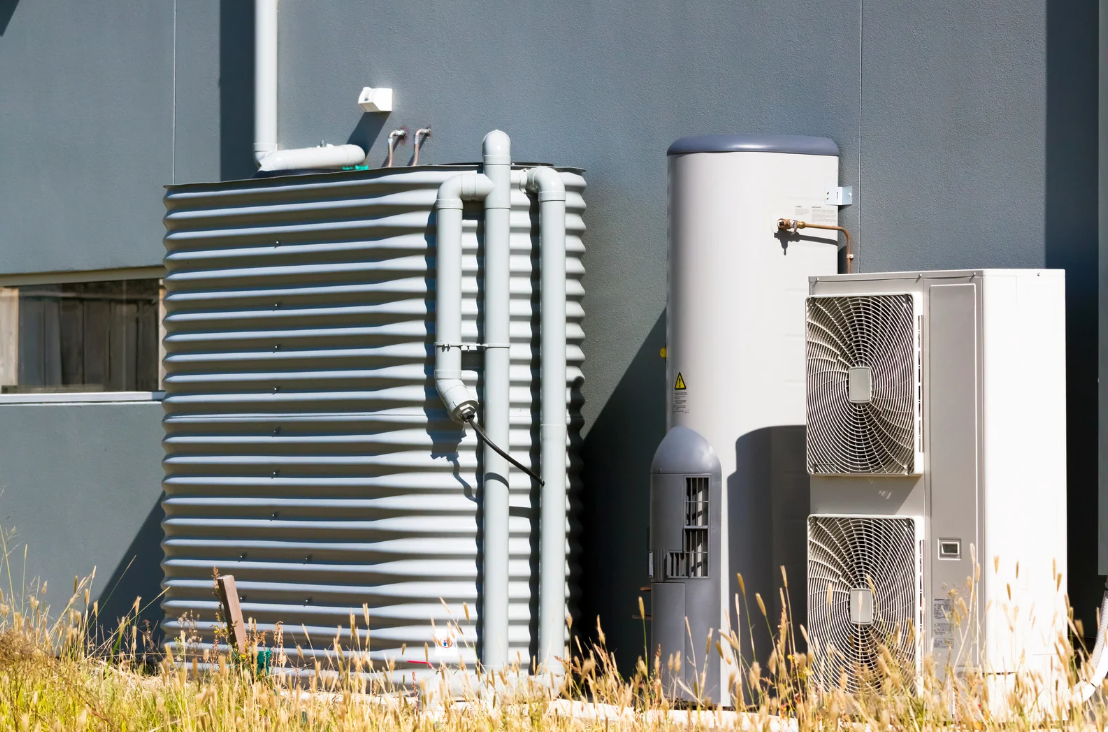
Final thoughts: consistency is key
It doesn’t take much to keep your system ticking over. But it does take consistency. A few minutes every few months — that’s it. Most of the time, things will seem fine. But if you’ve ever had the water cut out mid-shampoo, you’ll know: it’s worth staying ahead.
What I’ve found over time is that good habits matter more than good hardware. Even systems like Thermann hot water systems, which are built with durability in mind, benefit from routine checks. You don’t have to know the name of every valve. But if something sounds off, or looks out of place, trust your instincts and give it a look.

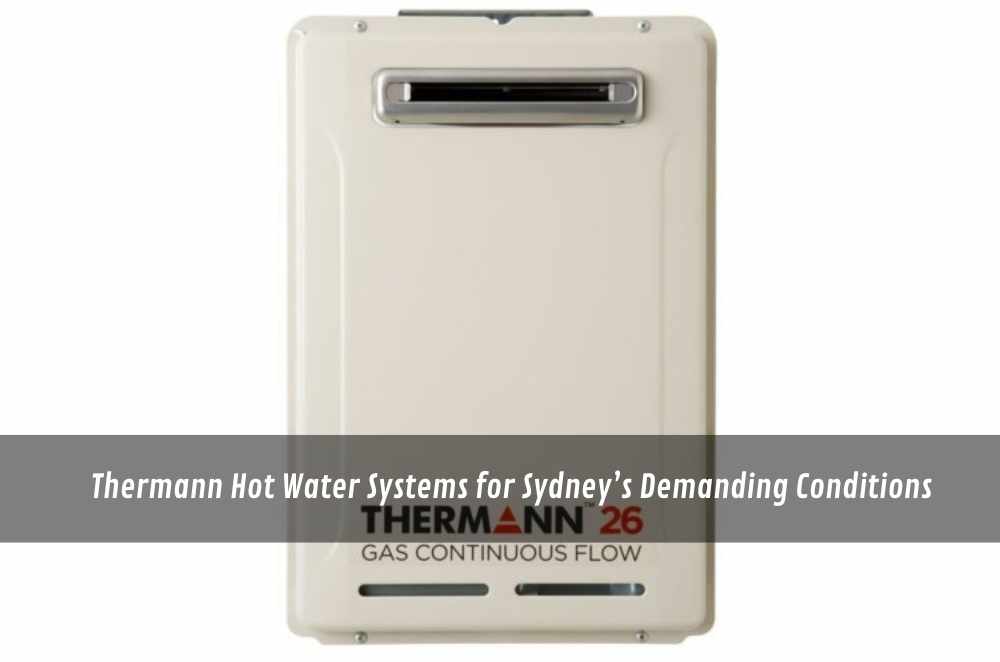
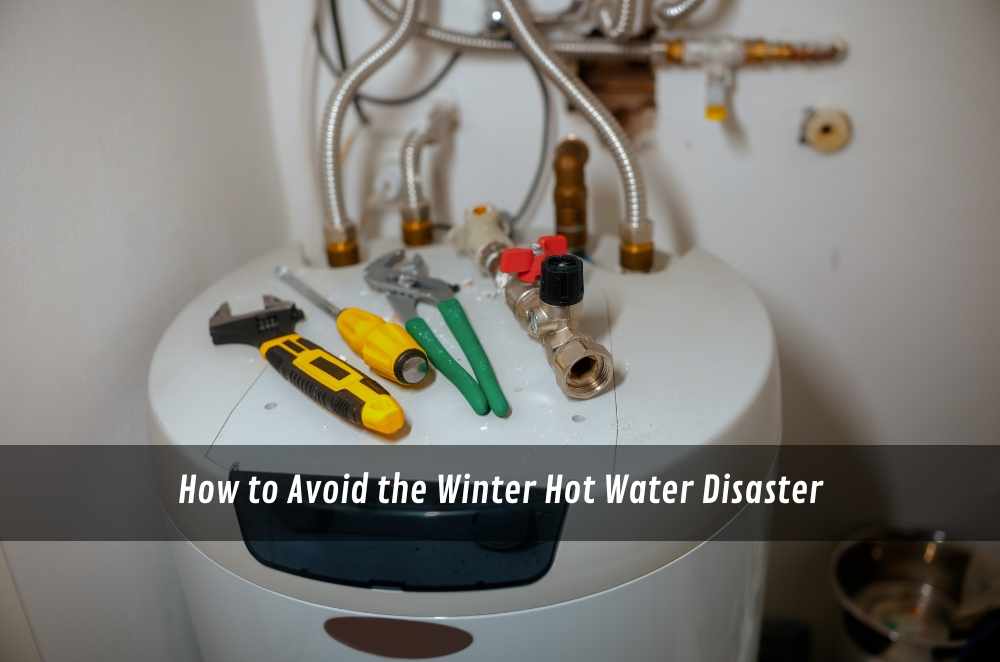
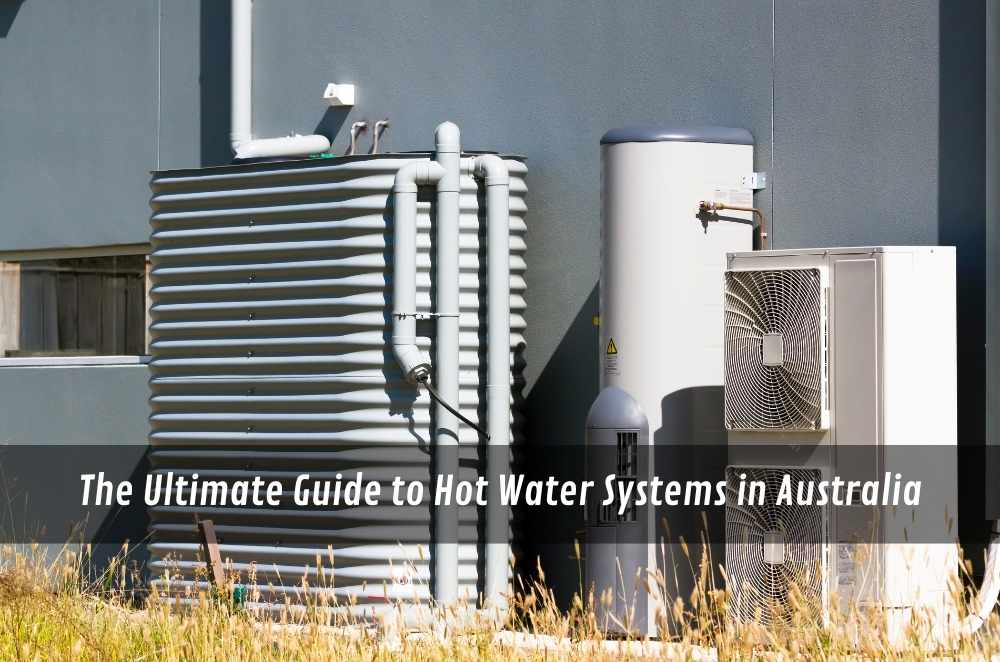
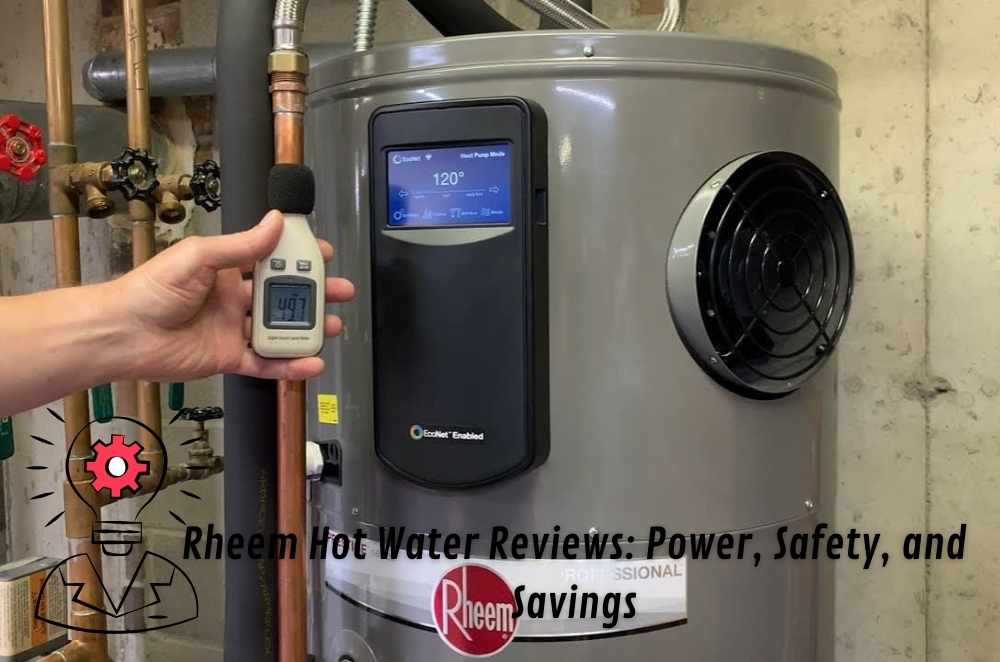
Write a comment ...